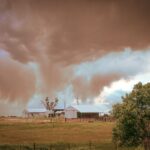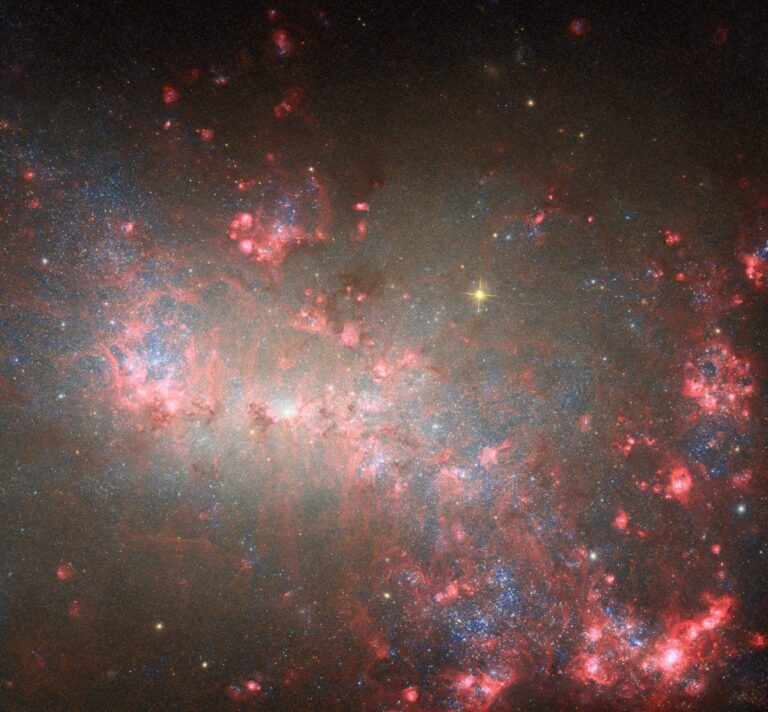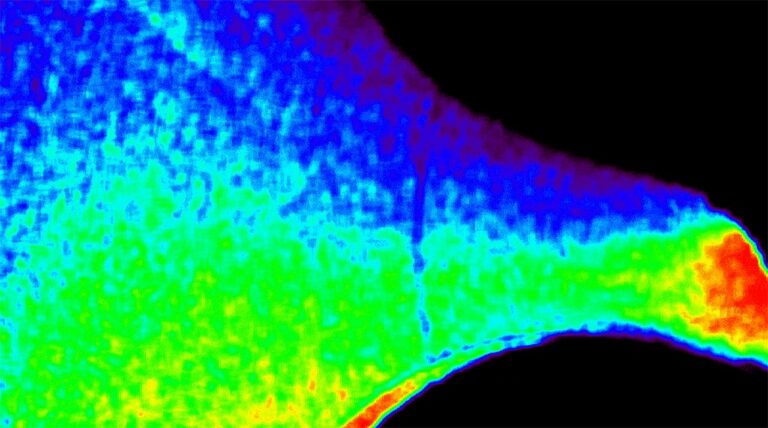In a staggering display of nature’s raw power, East Greenland recently experienced one of the most catastrophic glacial floods ever recorded. This event released an estimated 3,000 billion liters of water, a volume so immense that it could fill over a million Olympic-sized swimming pools. This unprecedented glacial outburst flood (GLOF) has raised urgent concerns about climate change, glacial stability, and rising sea levels.
Understanding Glacial Outburst Floods (GLOFs)
Glacial outburst floods occur when large volumes of meltwater, previously trapped within or beneath a glacier, are suddenly released. These floods are typically triggered by:
Glacial Melting: Rising temperatures weaken ice dams, allowing meltwater to escape abruptly.
Volcanic or Seismic Activity: Underground heat or earthquakes can destabilize glaciers, causing water reservoirs to burst.
Hydrostatic Pressure Build-Up: The accumulation of subglacial water exerts immense pressure until the ice structure fails.
In the case of this East Greenland flood, the sheer volume of water unleashed suggests an extreme destabilization of subglacial reservoirs, possibly exacerbated by record-breaking temperatures in the Arctic.
The Environmental and Global Impact
The release of 3,000 billion liters of water is more than a localized disaster; it has far-reaching consequences for ecosystems, coastal communities, and global sea levels.
1. Accelerated Ice Loss & Sea-Level Rise
Greenland’s glaciers hold enough ice to raise global sea levels by over seven meters if fully melted. A flood of this magnitude indicates accelerated melting, reinforcing the worst-case projections for coastal flooding worldwide.
2. Disruptions to Marine and Freshwater Ecosystems
Sudden freshwater surges into the ocean alter salinity levels, impacting marine life, fisheries, and even oceanic currents like the Atlantic Meridional Overturning Circulation (AMOC)—a critical component of global climate regulation.
3. Infrastructure and Community Risks
Although East Greenland is sparsely populated, the implications for coastal cities and Arctic communities are profound. If such floods become more frequent, the risks to ports, hydropower plants, and indigenous settlements will escalate dramatically.
The Climate Change Connection
Scientists have long warned that climate change is accelerating glacial melt at an alarming rate. The Arctic is warming four times faster than the rest of the planet, weakening ice sheets and increasing the likelihood of such extreme events. This flood serves as yet another urgent wake-up call—the climate crisis is not a distant threat; it is unfolding in real time.
What Comes Next?
1. Increased Monitoring and Early Warning Systems
Scientists must deploy advanced satellite imaging, AI-driven glacial modeling, and on-site sensors to predict and mitigate future outburst floods.
2. Policy and Global Action on Emissions
Without aggressive carbon reduction policies, we risk seeing more catastrophic glacial collapses that could permanently alter our planet’s climate systems.
3. Adaptive Strategies for Coastal Cities
Major urban centers must invest in flood defense infrastructure, sustainable water management, and long-term climate adaptation strategies to combat the impending rise in sea levels.
Final Thoughts: A Defining Moment for Climate Science
The East Greenland flood is not an isolated anomaly—it is a stark indicator of the rapid changes reshaping our planet. If we fail to act decisively, such disasters will become more frequent and devastating. The need for scientific innovation, global cooperation, and policy reform has never been more critical.
This event should serve as a turning point—a moment where the world takes collective responsibility for preserving our planet’s future before it’s too late.

















+ There are no comments
Add yours